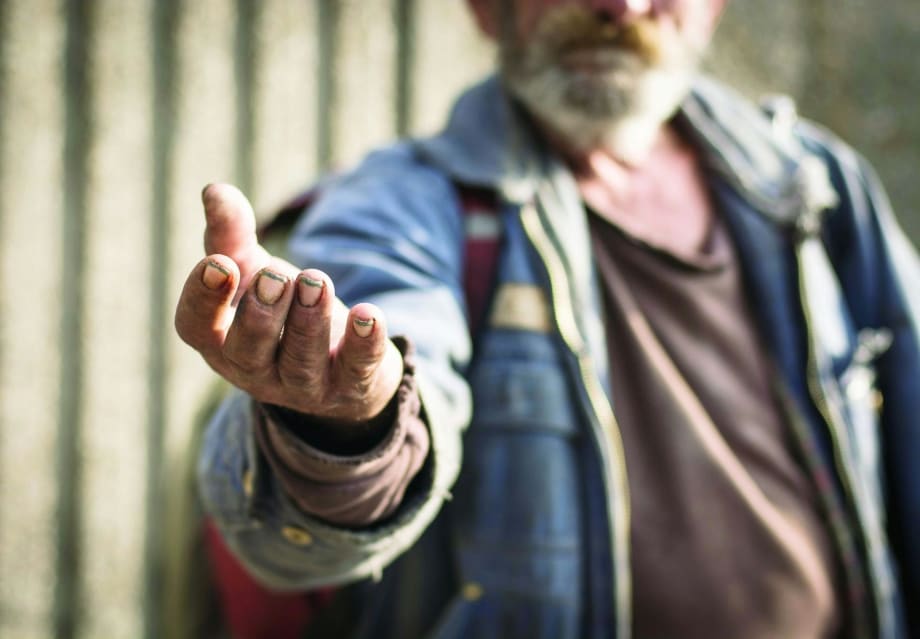Some officers at larger agencies will volunteer to create or work in so-called HOT or Homeless Outreach Teams, which may consist of cops, social workers, mental health clinicians, and grant-funded or religious-based homeless advocacy specialists. The goals for these teams, of course, is to break the hardened cycle of homelessness, their accompanying untreated mental illness problems, and their interconnected harmful relationships with drugs and alcohol. Many of these team members engage in what homeless advocate Ryan Dowd calls "empathic problem-solving."
Dowd is the executive director of Hesed House, the second largest homeless shelter in Illinois. He has written a new book, "The Librarian's Guide to Homelessness," specifically for library staffers, who clearly encounter the homeless regularly at their facilities. (Homeless people go to libraries because they are spacious, quiet, calm, stimulating, escapist, police-free, and usually inclusive.)
His book offers his decades of insight and dozens of practical tools for the library folks, but his words also serve as an entrance into a world few cops understand, or may not even care about. As such, his book is useful for patrol officers as well.
He offers these statistics about this at-risk, highly stressed part of our population:
National estimates are that 20% to 25% of homeless people are mentally ill. Of those, 70% have personality or other psychiatric disorders: bi-polar, depression, paranoid, borderline, antisocial, schizoid, delusional, psychotic). Many struggle with autism disorders. Many cannot learn from their repeated mistakes and are constantly in conflict and rude with nearly everyone who tries to help them because they cannot control their interactions. About 40% of homeless people struggle with alcohol abuse and 25% with drug abuse. On any given day in the United States, 22% of the known homeless population are children, 40% are women, and 35% are families.












